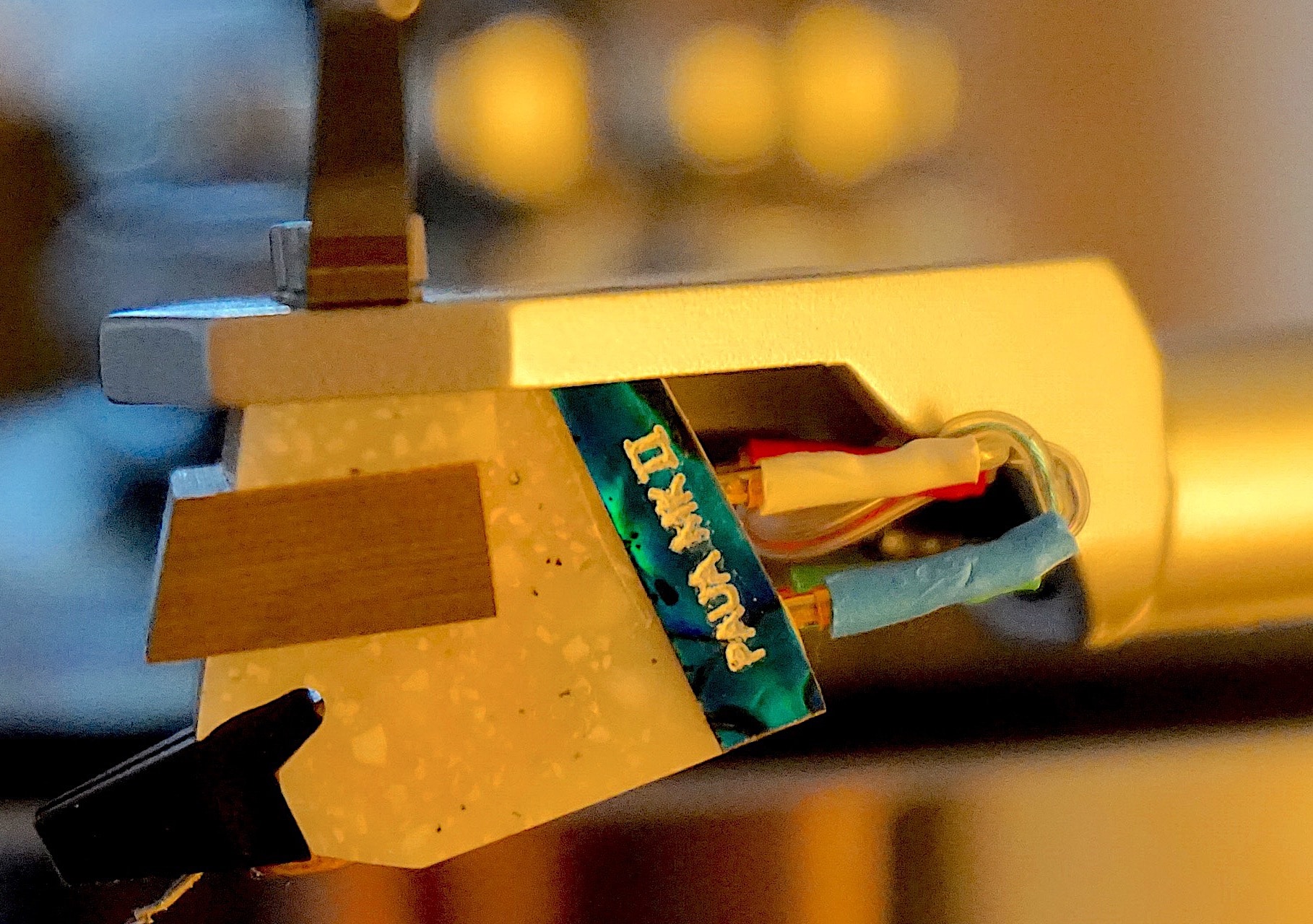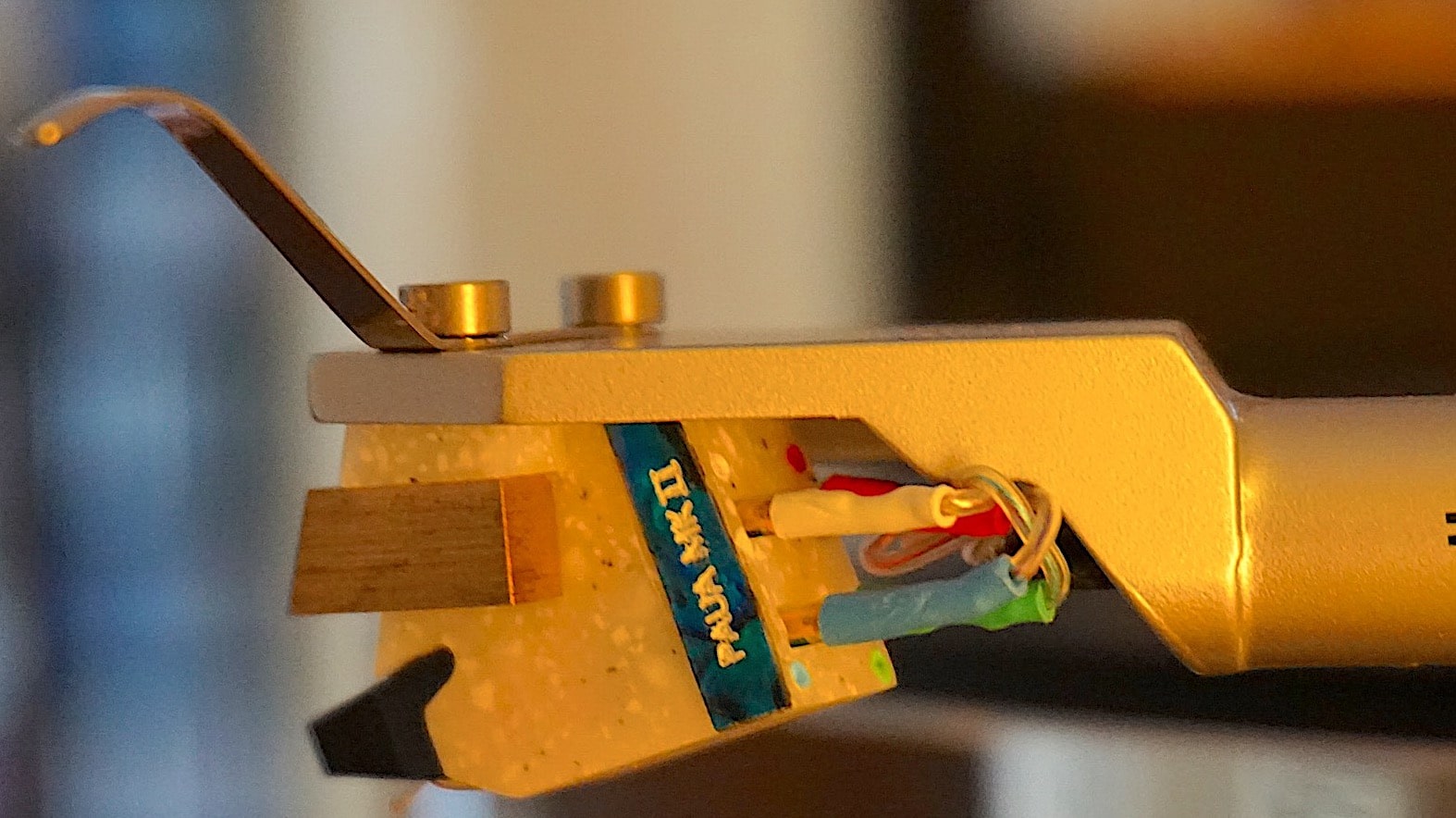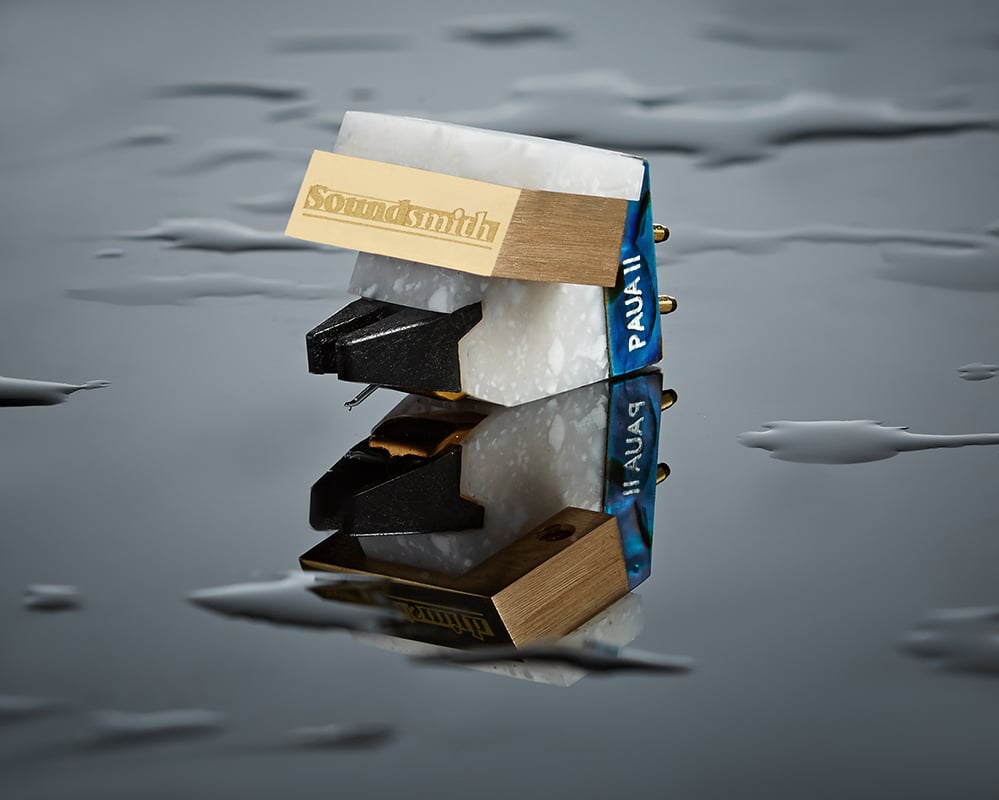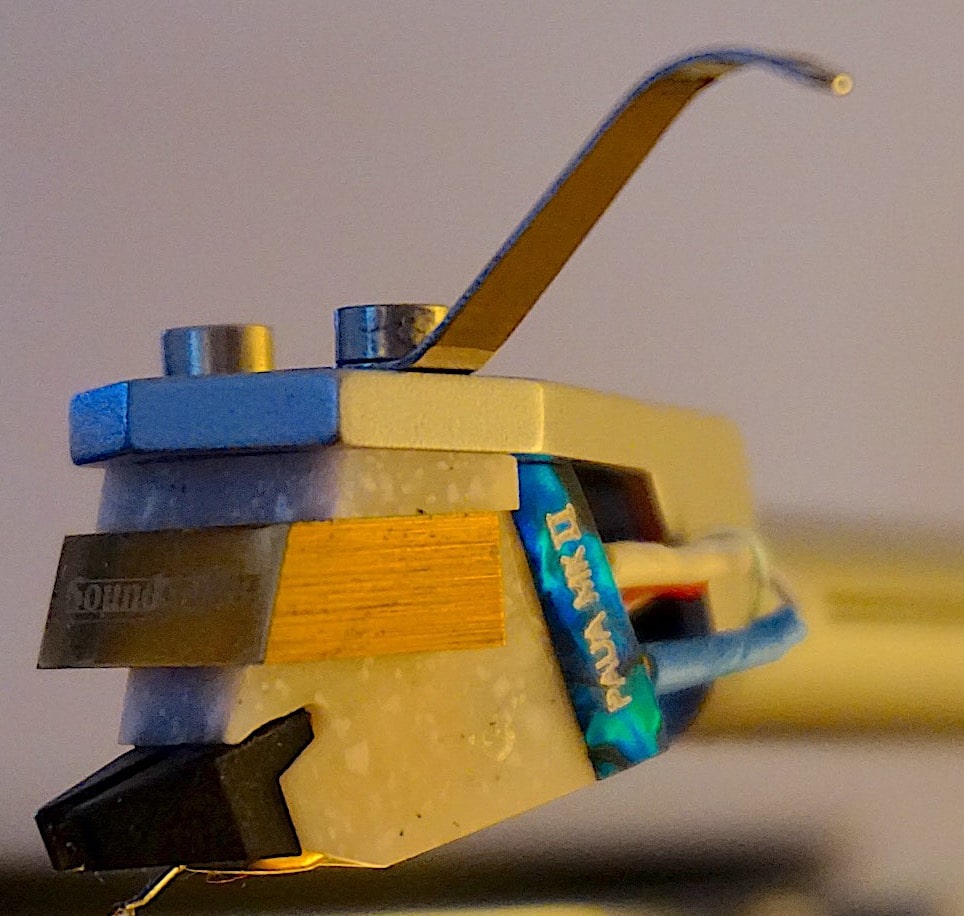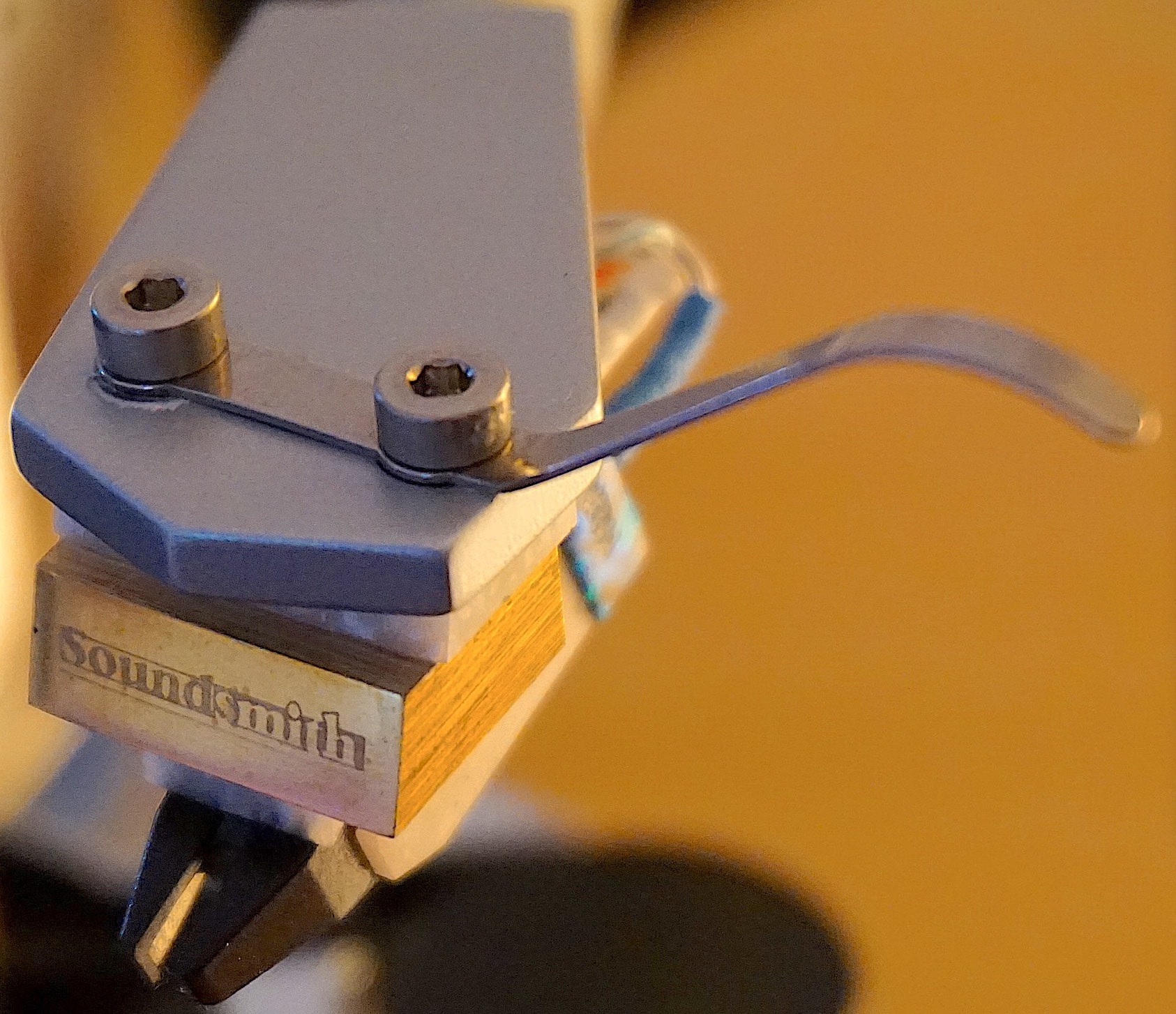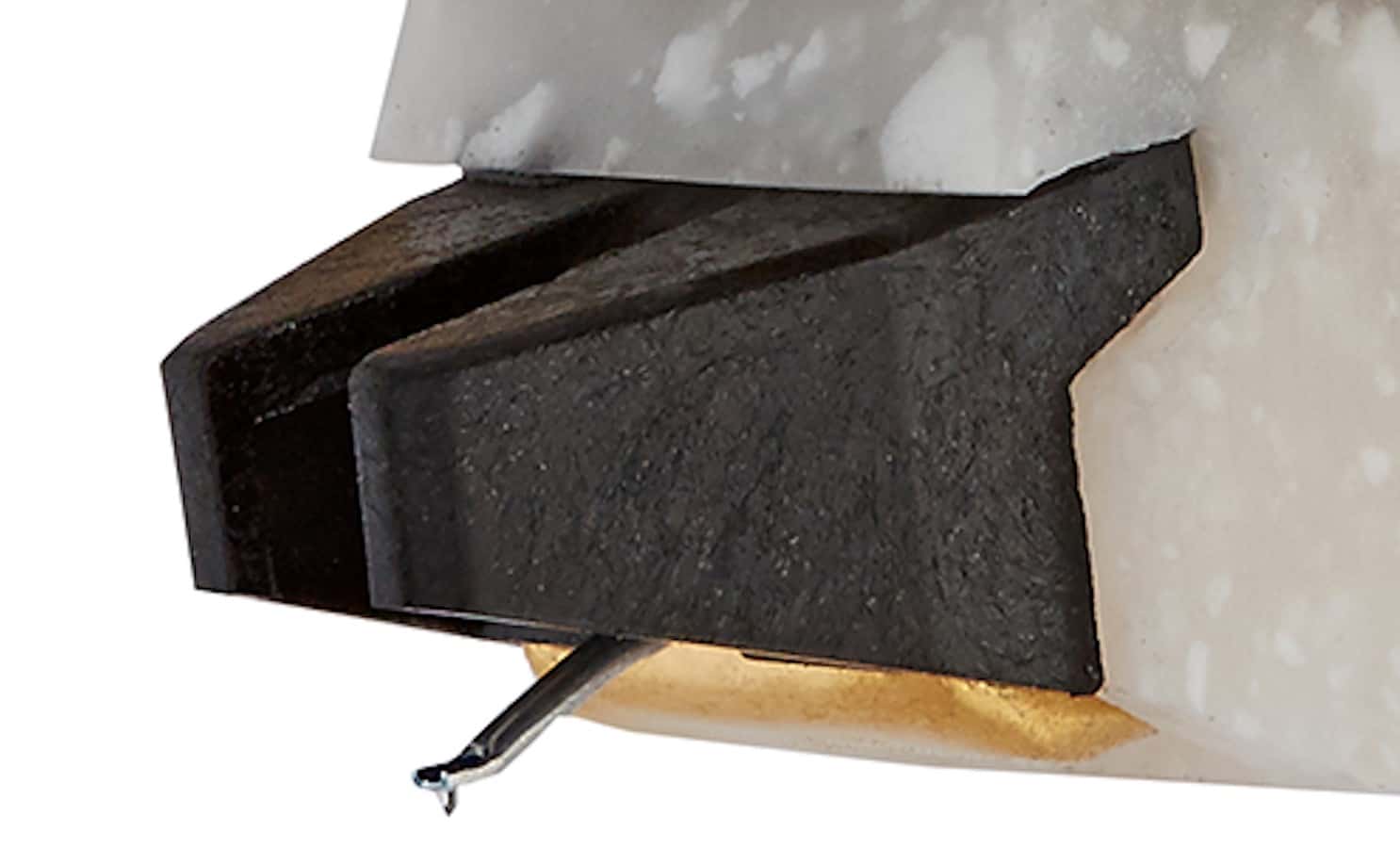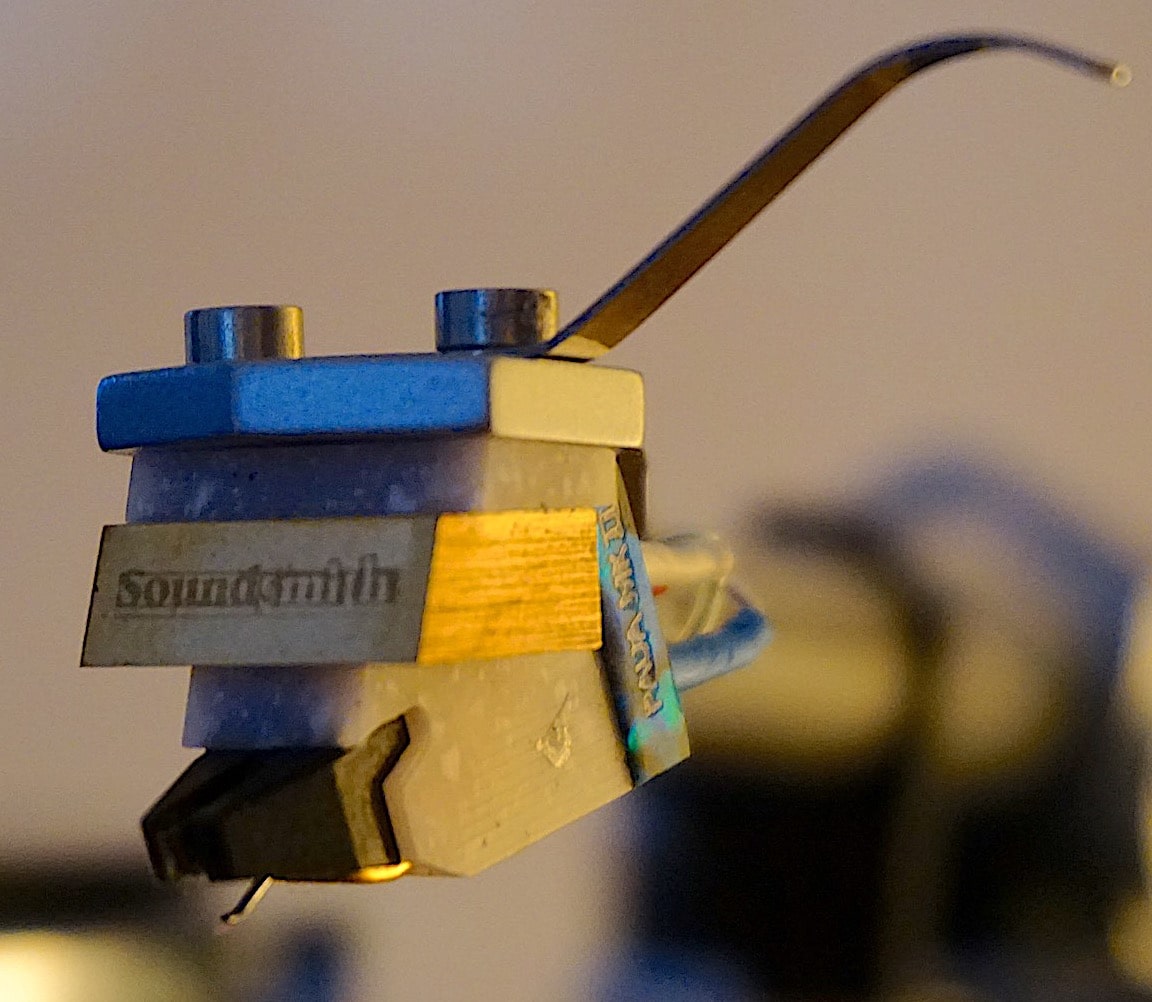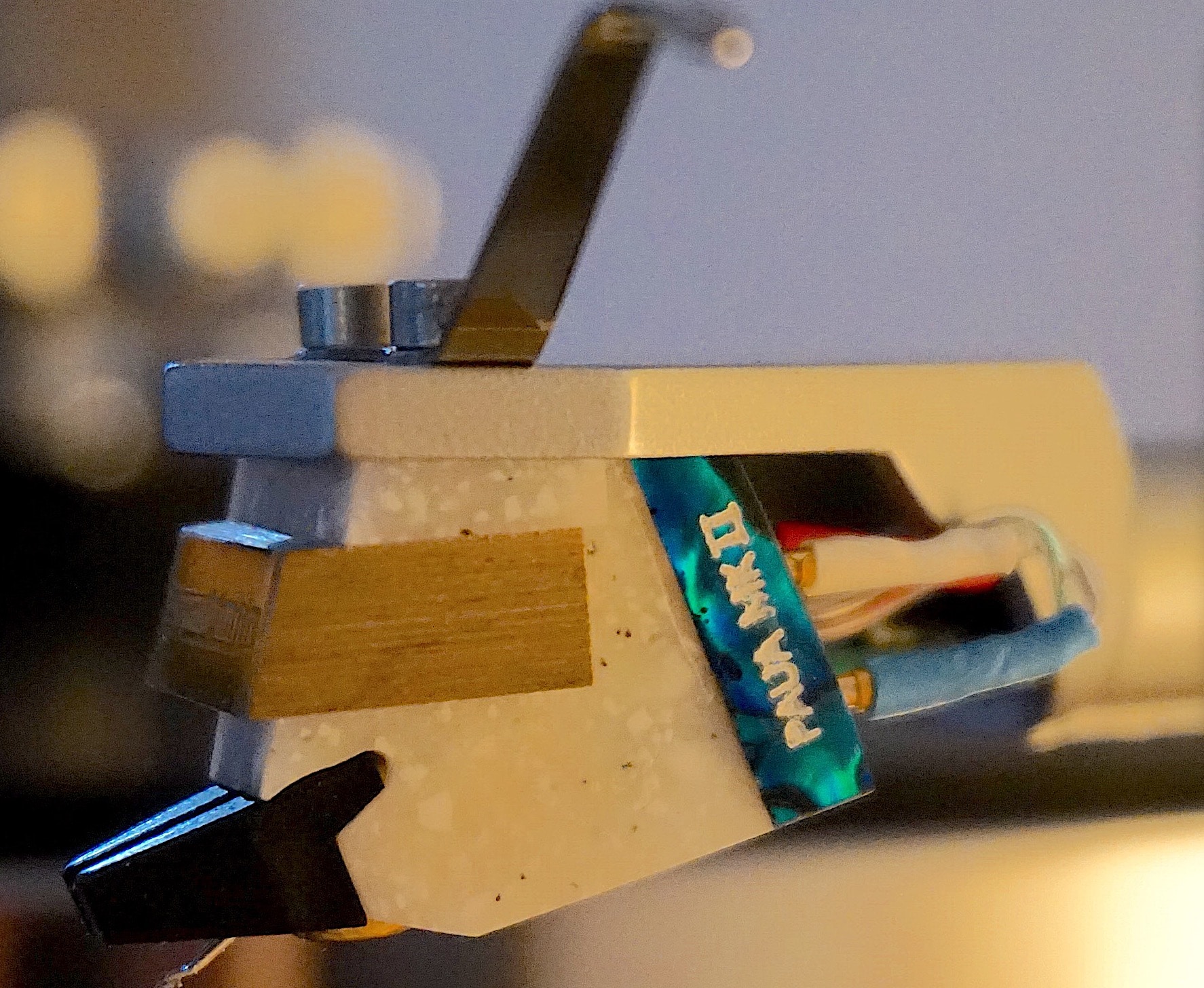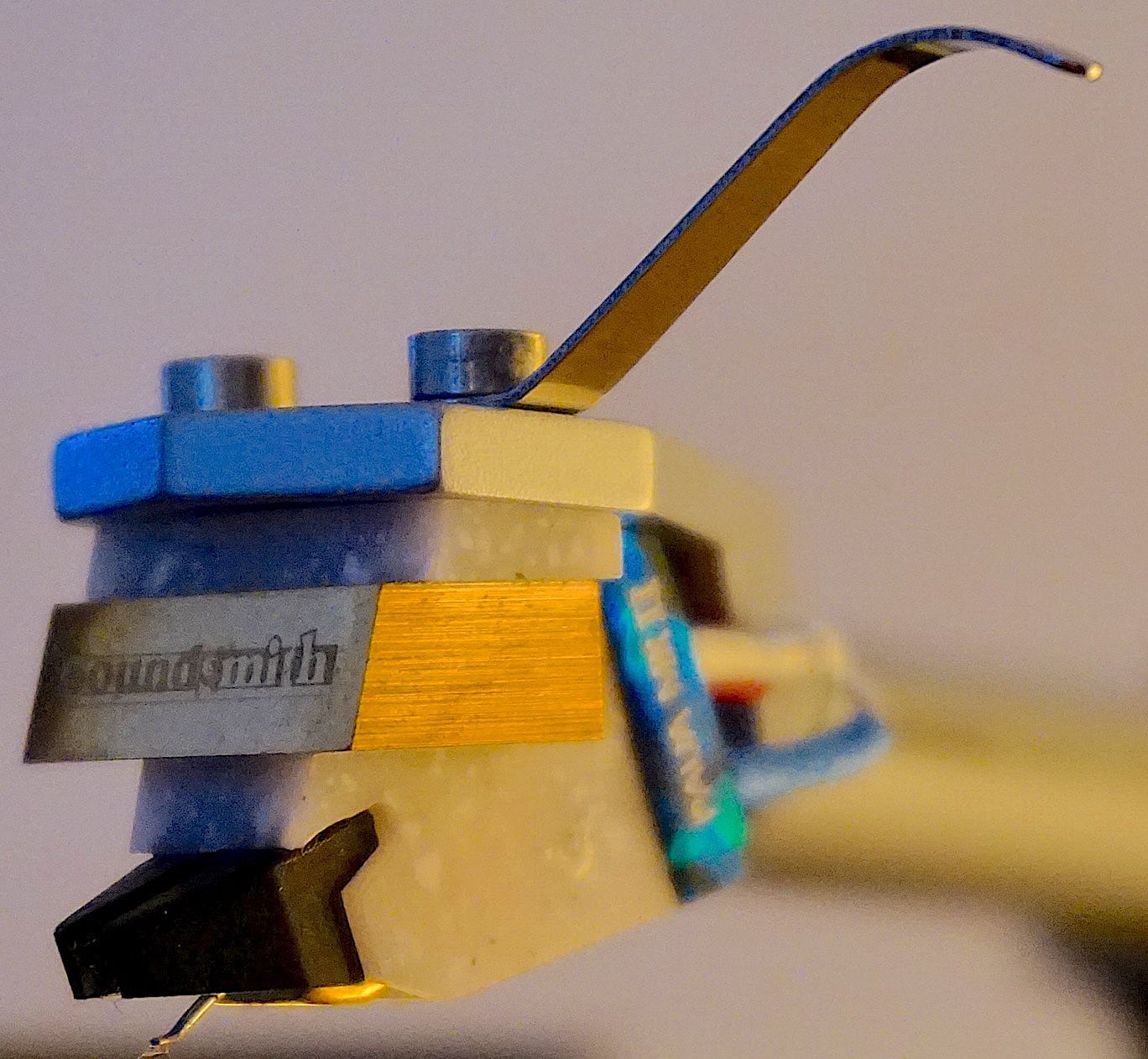The Article
Paua Mk.II Fixed Coil Cartridge from Soundsmith
20th December 2018
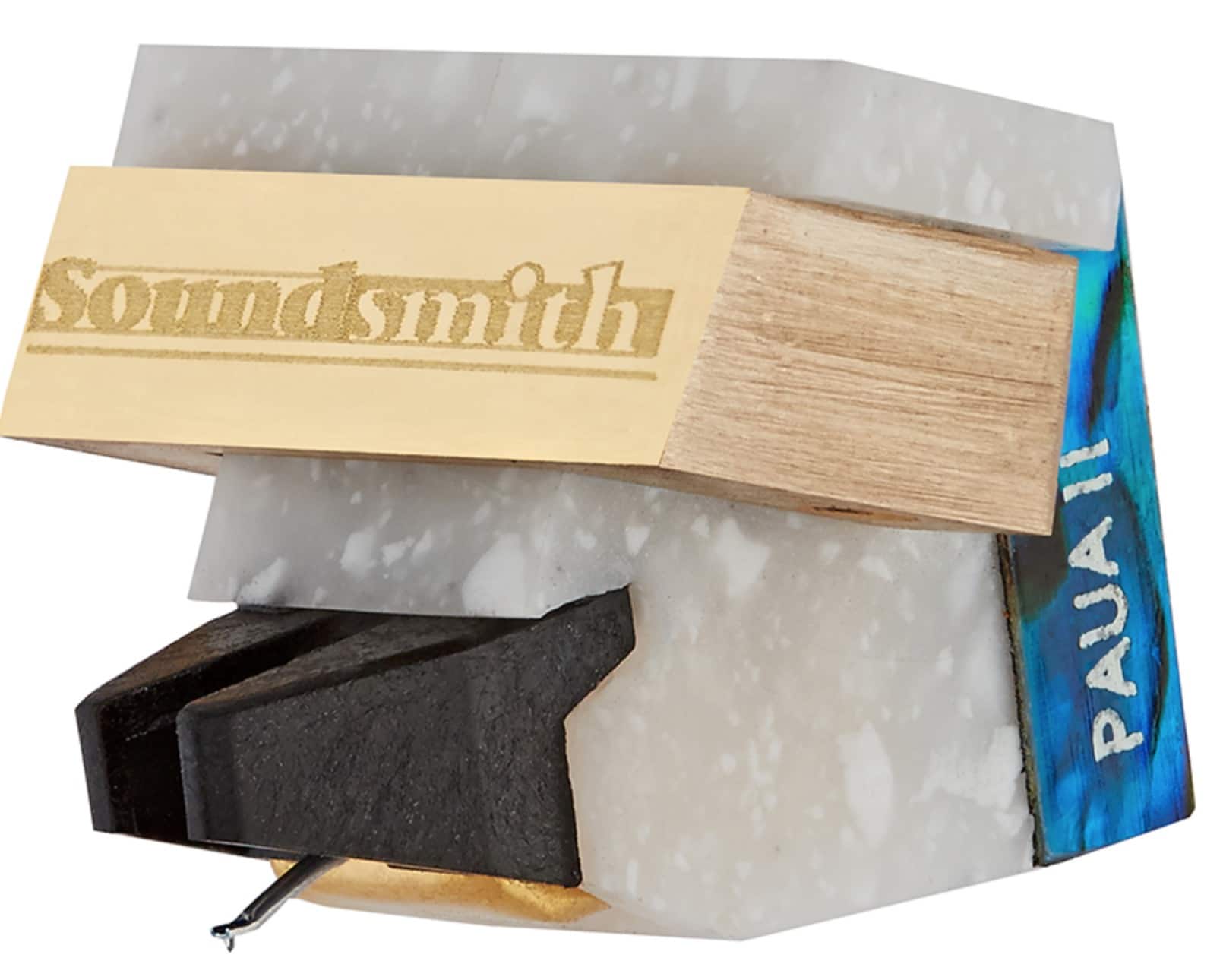
Not so much thinking out of the box but making a whole new box, Paul Rigby reviews the Paua Mk.II cartridge
I like Peter Ledermann, owner of Soundsmith and designer of the Paua Mk.II. He’s a guy who thinks. Many hi-fi industry people only ‘do’. When people ‘do’ a lot and ‘think’ less then ‘why’ is hardly ever addressed. What happens then? Inertia. Improvements are slow to occur and more investment is pumped into known, safe and default ways of doing things. The more money that’s pumped into any system, the larger the fear to change it because people who ‘waste’ money tend to be sacked.
Ledermann is never happy to sit on his backside, he’s always happy to readdress a design or a method. It’s because of him, for example, that I set my turntable anti-skate by ear. He never falls into the cosy notion of blaming the concept of tradition as a convenient concept to hide stagnation.
The Paua Mk.II oozes thought. This low output design uses a contact line nude stylus with a Telescoping Aluminium Alloy cantilever. Backed by a 1.9gm tracking force, a gain of 58-64dB and a loading in excess of 470 Ohms. The critical aspect of this design is it’s basic engine. It’s not a moving coil, it’s a fixed coil, which effectively lowers the moving-mass of the system, specifically the generator inside the cartridge.
What’s the problem with mass inside a cartridge? According to the company, the more mass, the more stored energy and the longer it takes to get it moving and the more difficult it is to reverse its direction.
As Ledermann stated, “Phono cartridges are intended to transmit energy in one direction: from the groove, through the stylus and cantilever and up to the generator parts to get them moving. While that works reasonably well for most cartridges, it works far better for ones with lower generator mass. The simple matter is that the stored energy must go somewhere to be dissipated. Some of this energy gets damped but a very large amount of this energy reflects back down the cantilever and into the stylus which tries to put this energy into the record.”
This means that the stylus wants to dump that energy and, thus, jump around a lot, losing contact with the groove, “It behaves like a tire on a bumpy road: it spends lots of time in the air and not much time in contact with the road surface,” said Ledermann
He continued, “If you lower the generator mass, two important things happen. Less effort is required to move it and less energy is stored by inertia, which results is far less energy reflecting back down the cantilever and into the stylus. This means less jittering of the stylus in the groove because it has less energy that it is trying to put into the record.”
There’s additional benefits too. The stylus is much easier to control, channel separation improves…there’s more too. If you have time, I’d recommend watching the man himself, speaking at RMAF 2018, which covers much of the above and expands on the issue and those benefits.
So that’s the rough idea behind this Fixed Coil theory. How does that translate into sound, though?
SOUND QUALITY
I played an original cut of Richie Havens’ Something Else Again on Verve and the track, From the Prison. This is a second hand copy. During its long life it has incurred a touch of groove damage on the early part of the track which results in an odd panning/phasing sequence. As if the mastering engineer has been playing with the faders. Havens’ voice swishes from left to right and back again. The effect is subtle but its there and it disappears as the track progresses.
Now, it’s unfair to demand that any cartridge should handle his issue and most exhibit the issue but the tracking on the Paua Mk.II is so good, that the odd effect is never heard when it’s in action. The Soundsmith removes the problem entirely. This superb tracking ability is proof positive of the success of Ledermann’s low mass design. Such is the mobility and fleet of foot, the stylus manages to keep up, even with these groove damage issues.
The low return energy from the Paua Mk.II, as detailed above, also helps to reduce the overall noise in and around the cartridge which enabled me to increase gain on my pre-amp a few notches, digging further into the available detail.
The lowering of stylus jitter, also discussed above, especially via the included YouTube video, increased and enhanced detail. What this meant, on this particular track was an enhanced vocal performance from Havens. His delivery was articulated well, subtle throaty rasps were evident and his articulation was such that lyrics were relatively easy to follow.
More than that, the obvious string plucks were focused and precise adding to their transient speed and tonal realism.
Detail, in general terms, was without that pastel-rubbed cloud, where detail becomes indistinct. Quite the opposite, in fact. Detail was definite, adding to the clarity of the overall track.
What was remarkable about Queen’s Dead on Time from the LP, Jazz was how it addressed high and low-end frequencies but did both brilliantly without compromising with either. For example, the Paua Mk.II was incisive enough to delve into Roger Taylor’s heavy duty drum kit to evade the big, nasty drums and expose the delicate, treble-infused cymbals with no effort at all. At the same time to made sure that it showed you just how weighty, heavy and massy the drums and lead guitar were. The overall sound was of a melodic 25 ton truck decorated with a fragile lace. That sense of control, multi-tasking without any give or take was truly remarkable.
Finally, from the Guilty album, Barbra Streisand’s Make it Like a Memory was played because it combined rock instruments with a full orchestra and, of course, that voice was was effectively captured by the Paua Mk.II. Streisand’s power and articulation was tracked wonderfully so that the emotion poured forth in a naturalistic manner. Similarly, the instrumental separation generated by the cartridge enabled the orchestra to offer a smooth yet transparent suite of midrange frequencies, effectively giving the effect of many instruments playing together instead of one amorphous blob hitting you en masse.
CONCLUSION
Utilising original thought and innovative design, the Soundsmith Paua Mk.II reproduces music in an agile, sprightly an inherently flexible manner. The basic focus and precision across the soundstage adds pace to any arrangement while the low noise nature of the presentation enhances both transparency and clarity. A quite remarkable cartridge.
Price: £3,599
Tel: 01334 570 666
Website www.eliteaudiouk.com
GOOD: focus, rhythmic pace, tracking, tonal accuracy, low noise
BAD: nothing
RATING: 9
[Don’t forget to check out my Facebook Group, The Audiophile Man: Hi-Fi & Music here: www.facebook.com/groups/theaudiophileman for exclusive postings, exclusive editorial and more!]
REFERENCE
Origin Live Sovereign turntable
Origin Live Enterprise 12″ arm
Van Den Hul Crimson XGW Stradivarius Cartridge
Icon PS3 phono amplifier
Aesthetix Calypso pre-amp
Icon Audio MB845 Mk.II monoblock amplifiers
Quad ESL-57 speakers with One Thing upgrade
Tellurium Q Silver Diamond cables
Blue Horizon Professional Rack System
Harmonic Resolution Systems Noise Reduction Components
All vinyl was cleaned using an Audio Desk’s Ultrasonic Pro Vinyl Cleaner

